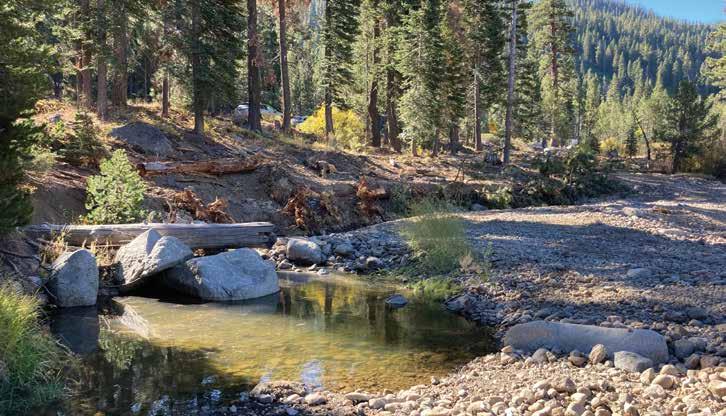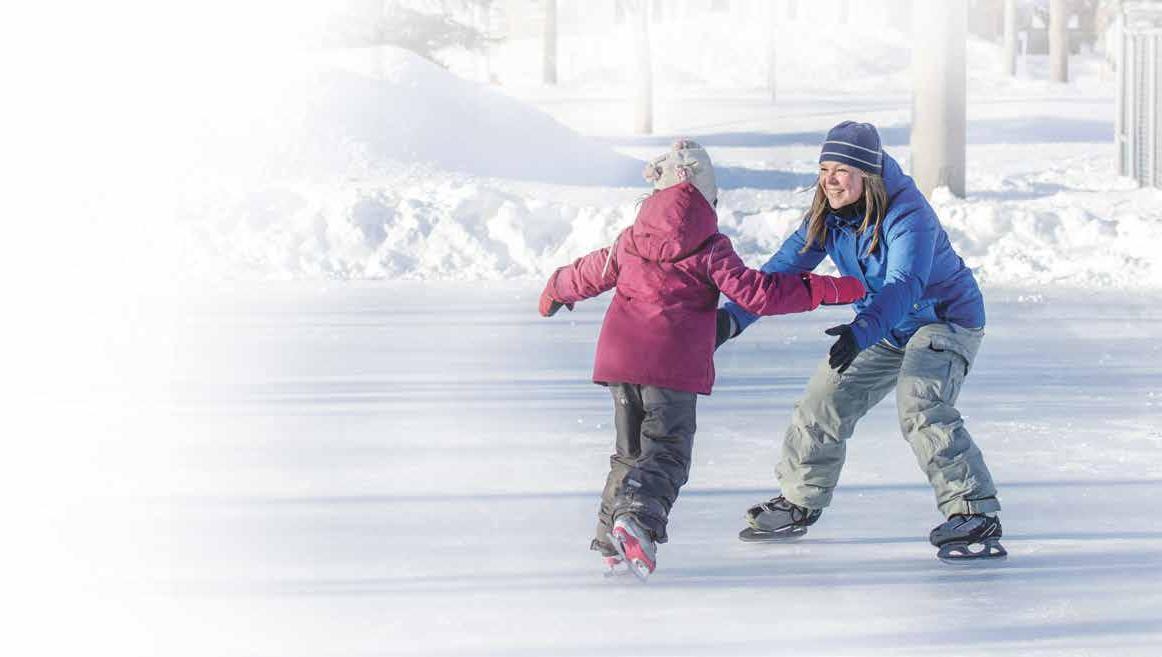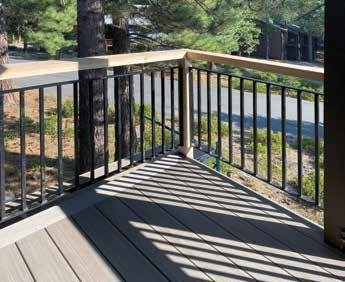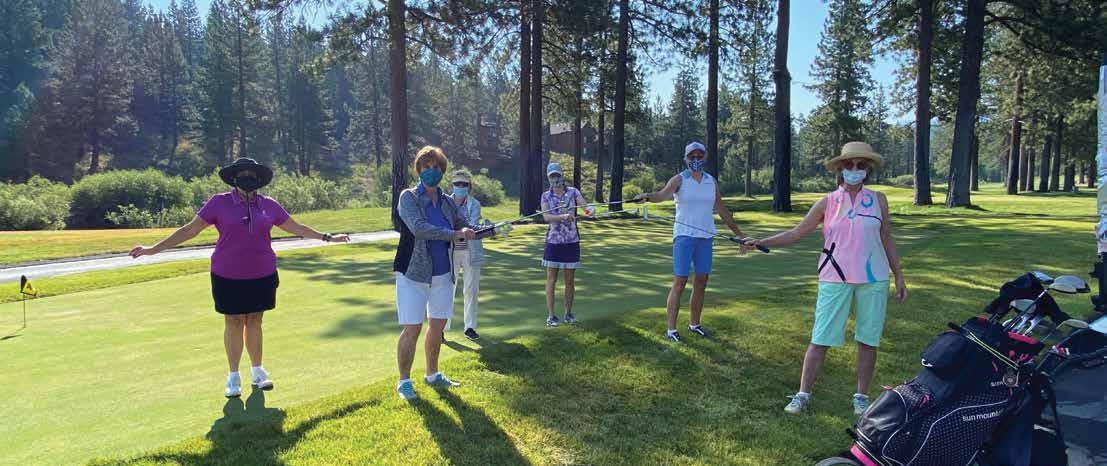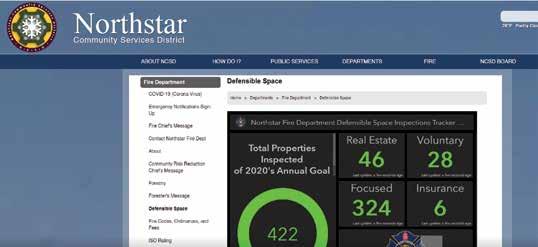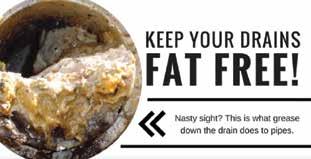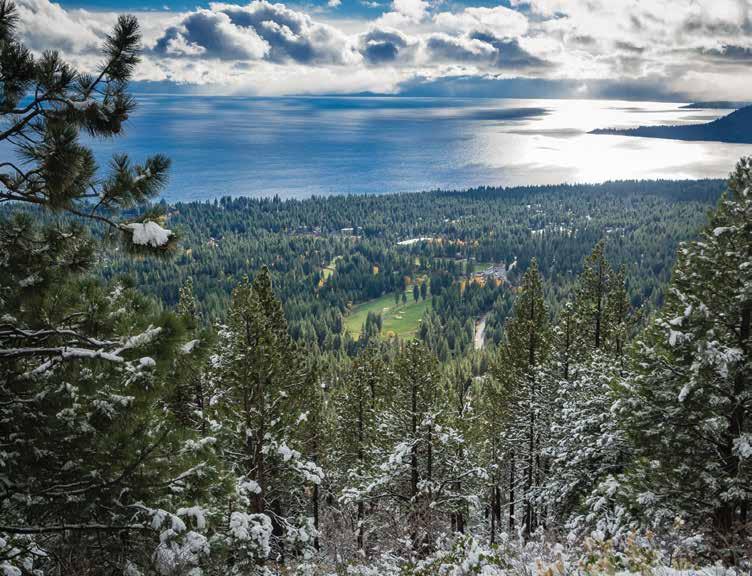
5 minute read
Fitness Corner
Working Out Safely During COVID Winter
A lot of people are wondering how to work out and stay healthy while being cautious. Here are a few tips that will help and guide you to be active and safe at the same time.
Advertisement
Working Out In The Cold May Have Additional Health Benefits
According to Dr. Michael Fredericson, sports medicine physician at Stanford Health Care, working out in colder temperatures isn’t much different than exercising when it’s warm. “It’s just good to stay active and exercise no matter what the weather is,” he told Healthline.
Overall, scientists say there may be more advantages to working out in the cold rather than warm weather. It helps your metabolism to pick up and activate brown fat (also known as the “good fat”) that breaks down fat to maintain body temperature says Heather Milton, MS, an exercise physiologist at NYU Langone Health’s Sports Performance Center.
As a conclusion, working out in colder temperatures may help the body burn more calories in more efficient ways. The other benefit is that the body doesn’t have to work that hard to cool itself down.
What kind of workouts are safe outdoors in the winter during COVID-19?
A lot of people enjoy a walk or run around the neighborhood or at a local park, and is usually the easiest way to get in physical activity outside. Any type of exercise that’s done in warmer temperatures is also safe in the cold. Milton recommends all types of workout, maybe except swimming : “HIIT workouts, cycling, calisthenics, boot camp, dance workouts, you name it. Just be sure to do a full warm-up to ensure your muscles are warm, and your core temperature is elevated before getting into higher intensity exercises.” If you’re in a climate with snow like Tahoe, cross-country skiing, snowshoeing, ice skating, and even sledding can be fun ways to work up a sweat.
Outdoor group exercises are safe during the ongoing COVID-19 pandemic, experts said, as long as proper physical distancing measures are taken. “Make sure you’re keeping at least a 6-feet distance from other people, ideally more,” Fredericson said.
What To Wear While Exercising In Colder Temps
The key is to wear a few layers while going outside in lower temperatures. “The base layer should wick away sweat,” said Katie Lawton, an exercise physiologist in Sports Medicine at Cleveland Clinic. “Cotton absorbs sweat and is not a good option for a base layer. If performing an activity or sport like running where you may sweat more, a synthetic fabric base layer is a good option.”
For a second layer, Fredericson recommends fleece or wool to help keep in the warmth. “If it’s raining or snowing, some type of light waterproof jacket can be helpful,” he said. “But layering is important because as you warm up, you may want to shed some of those, so have something you can tie around your waist.” If it’s particularly cold, you may also want to wear a hat, gloves, and scarf.
During the ongoing COVID-19 pandemic, the Centers for Disease Control and Prevention (CDC) advises everyone to wear a mask and maintain at least 6 feet of physical distance while working out either indoors or outdoors.
In addition to preventing the spread of COVID-19, Milton said wearing masks comes with other benefits, especially during the winter months. “Masks come in handy nowadays, as it can cover your nose and cheeks, keeping your face warm and safe from the cold,” she said. “They can also aid in warming the air you breathe in, which is helpful to your airways.”
Risks To Consider For People With Underlying Health Issues
People with certain underlying health conditions need to take certain precautions when exercising outside during the winter. “For people with asthma, cold weather can be harder to adjust to,” Milton said. “The cold air causes a reaction of the airways to constrict.”
This can make it difficult to breathe and even trigger an asthma attack. “A slow and gradual warmup is recommended to avoid this,” Milton added. And again, a scarf or mask over the face
Liberty is committed to sustainability, working with our customers toward a carbon-free future.
• Expanding solar generation • Providing residential solar incentives • Deploying electric vehicle charging stations • Offering FREE home and business energy audits
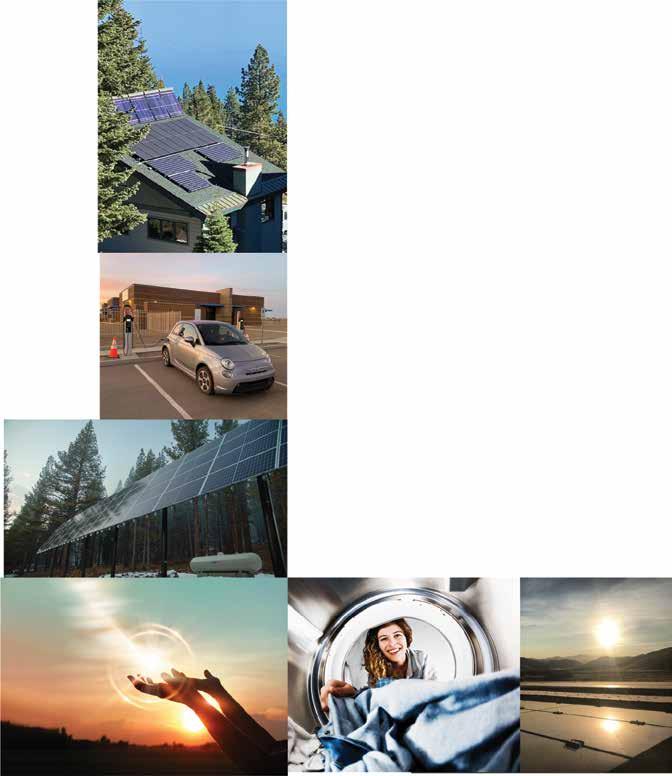
Visit libertyutilities.com or call 800-782-2506 to learn more. not only helps prevent the spread of COVID-19, but can also be beneficial in warming the air you breathe in. People with asthma should also remember to carry their inhaler when exercising in case of an asthma attack.
Some cold weather activities, particularly shoveling snow, may be risky for certain people. “Shoveling snow is actually a really vigorous exercise,” Fredericson said. “If you’re used to exercising, then it’s probably fine, but if you’re someone who doesn’t exercise a lot and you start shoveling snow, it can actually trigger a heart attack.”
Older adults and people with heart disease are at an increased risk of heart attack from shoveling snow. They should get clearance from their doctor before engaging in such strenuous activity or leave the shoveling to someone else, Fredericson said.
Guillaume Tonelli, Tennis Director
tennisnorthstar@gmail.com
Test Your Northstar Knowledge
Quiz answers from page 12
1. What year was NPOA established? D. 1975 2. What was the original name for the piece of land
Northstar California was built on in 1967?
B. Timber Farm
3. How many chairlifts did the resort originally have when the mountain opened in 1972? C. 5 4. What does Northstar California’s star logo originate from? D. Resembles a saw blade, from the mountain
being a lumber site before ski resort.
5. On average, how many inches of snow does Northstar get per year? A. 350 7. In what year did Lake Tahoe receive the most snow on record with 852” in a single winter? C. 2011 8. Which Austrian skier designed and laid out the trails at
Northstar-at-Tahoe in 1972? B. Luggi Foeger 9. When was the last time Mount Pluto erupted?
C. 2 million years ago. This eruption helped create Lake
Tahoe
10. In what year did Northstar-at-Tahoe Association officially become Northstar Property Owners Association?

